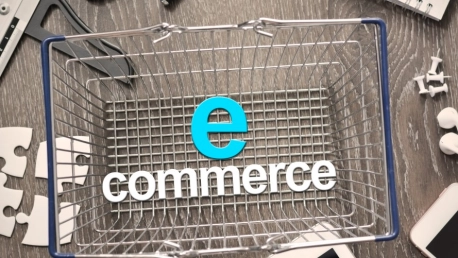With concerns about a new wave of COVID-19, extreme heat waves over the globe, and the ongoing Russian invasion of Ukraine, the global economy seems to be heading for uncharted waters. Companies in the US and abroad are struggling to create optimal strategies to solve existing problems and grow their businesses during these hard times. For retailers and online stores this may be a gargantuan task, considering the fact that new trends are becoming increasingly hard to predict in what seems to be an ever-evolving market.
Another important problem is the fact that, according to the US Bureau of Labor Statistics, the consumer price index soared to 9.1% compared to the previous year—above the 8.8% Dow Jones estimate. With prices for gasoline, shelter, and food rising at an alarming rate, online retailers are wondering what strategies to use to overcome these current issues, retain their customers, and boost future sales. The good news is that, while many economic trends are challenging to predict at the moment, there’s still information about the future of e-commerce.
Inflation Will Play an Important Role
According to the Bank of America, the US will fall into a “mild recession” in 2022, and unemployment is expected to reach 4.6% in 2023. The recession seems to be a direct consequence of the current inflation rate, and consumers are expected to experience even more pressure as prices continue to rise across the board.
E-commerce Will Probably Continue to Grow
Although numerous global and domestic problems could disrupt the future of e-commerce during the next few months, its growth is likely to continue according to McKinsey’s research. Analysts emphasize that online sales have experienced a boost during the pandemic, and predict that this growth will continue well beyond the healthcare crisis. New platforms, sales channels, and technologies continue to reshape the future of e-commerce, and create new opportunities for both retailers and online shoppers. Online retailers should try to keep up with all these opportunities, and use them to grow their businesses.
The Rise of Social Commerce Matters
According to a recent Accenture study, social e-commerce sales are growing at a CAGR of 26%, and the social commerce opportunity will reach $1.2 trillion by 2025. The fact of the matter is that more and more people have started to use social media apps and platforms during the pandemic to keep in touch with friends and family, to remain connected with people and communities, and to discover new ways of giving and receiving support. More than 44% of the global population is now using social media apps according to Accenture, and this has led to a prediction that social commerce opportunities will most likely triple by 2025.
User-Generated Content Could Become a Must
While various companies are struggling to create effective marketing strategies that involve influencers and celebrities to boost their sales, a recent study shows that US customers favor brands that work with user-generated content (UGC). According to the study, 84% of the people questioned said that UGC would increase their trust in the brand, and 77% admitted that they are more likely to buy a product or service from a brand that uses UGC. Nowhere could these findings have a more positive impact than in e-commerce—an industry already built on digital experiences and services.
Solving Enduring Supply Chain Issues
There is no question about the fact that the pandemic has caused several supply chain issues in the US and abroad, but could these problems disappear as the healthcare crisis approaches its end? According to George Alessandria, Professor of Economics at the University of Rochester, the answer is negative. He explains that supply chain problems continue to echo through the American and global economies as massive lockdowns in Shanghai and Beijing threaten to once again disrupt the already fragile system. “I think we’ll have at least another year of low growth, high prices, and bare shelves,” he adds—a point that online retailers should consider when developing their strategies.
While inflation and supply chain issues continue to disrupt industries around the world, including retail and e-commerce, the good news is that there are some positive points. By using the rise of social commerce as a lever and making user-generated content an important part of their marketing strategies, online retailers can rest assured that they will profit from e-commerce.









